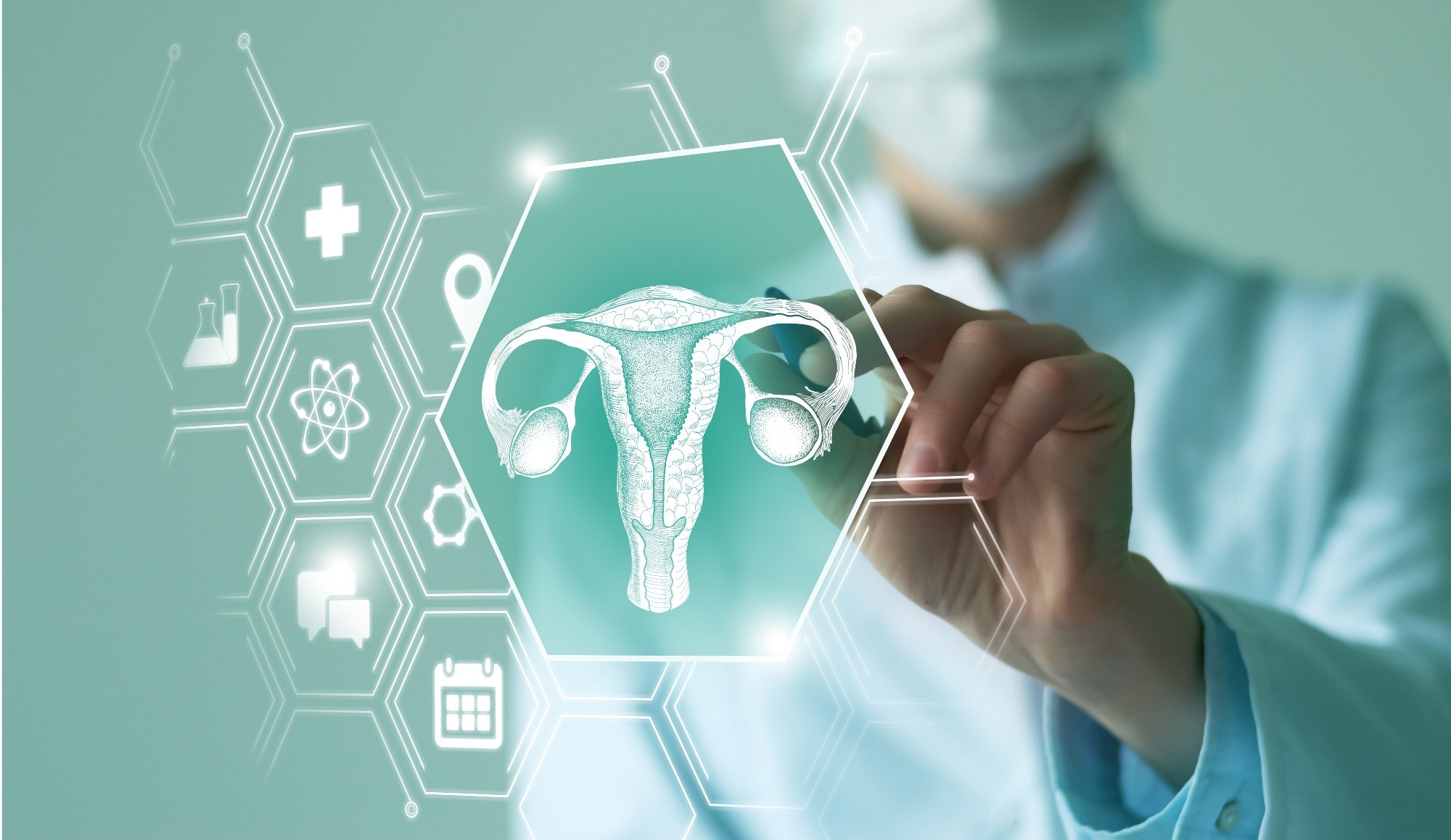The success rate of assisted reproductive treatment (ART) depends on the number and quality of oocytes retrieved. While serum levels of the anti-Müllerian hormone and factors such as antral follicle count can be informative about the ovarian response to these treatments, biomarkers that can confidently predict oocyte retrieval success are lacking.
In a recent study published in Scientific Reports, researchers evaluated the ability of serum levels of stem cell factor to indicate the quality of oocyte and blastocyst development in patients with mild endometriosis, polycystic ovary syndrome (PCOS), normal ovarian reserve, and diminished ovarian reserve.
 Study: Serum levels of stem cell factor for predicting embryo quality. Image Credit: mi_viri/Shutterstock.com
Study: Serum levels of stem cell factor for predicting embryo quality. Image Credit: mi_viri/Shutterstock.com
Background
The ovarian reserve and the various mechanisms that gradually but continuously activate the primary follicles determine a woman's reproductive lifespan. Assisted reproductive technology has thus far depended on factors such as antral follicle count and serum levels of the anti-Müllerian hormone to predict ovarian response.
However, the number of oocytes retrieved is not the only determinant of successful reproductive treatment, and there is an absence of biomarkers that can reliably predict the quality of both the retrieved oocytes and the embryo.
Efficient biomarkers to predict oocyte and embryo quality could be identified by targeting folliculogenesis, in which primordial follicles undergo various developmental stages to release an oocyte.
About the study
In the present study, the researchers evaluated whether stem cell factor levels in the serum just before ovulation induction could qualitatively predict the success rate of controlled ovarian hyperstimulation across a wide range of ovarian reserves.
Granulosa cumulus cells surrounding the oocyte secrete stem cell factor, which then stimulates the oocytes and endocrine theca cells to grow and differentiate, increasing the production of steroid hormones.
Stem cell factor also binds to the cognate tyrosine kinase receptors found on the oocytes and activates the phosphatidylinositol 4,5-bisphosphate signaling pathway, which results in the recruitment of Akt kinase or protein kinase B to the cell membrane.
The Akt kinase subsequently gets activated through serine and threonine phosphorylation, and this signal transduction is essential for the proliferation, growth, development, and survival of oocytes.
Follicular development, primordial follicle recruitment for ovulation, and early embryo development are also dependent on the interaction between the stem cell factor and the cognate tyrosine kinase receptor.
Furthermore, while studies have shown that stem cell factor levels vary during the menstrual cycle and pregnancy, as well as during the stimulation of the ovary using follicle-stimulating hormone, its influence on ovarian response and impact on the results of controlled ovarian hyperstimulation during ART remains unclear.
Here, the researchers measured the levels of stem cell factor in serum samples collected on the first and eighth day of ovarian stimulation and the day the oocytes were retrieved. These stem cell factor levels were then compared against the development of a top-quality blastocyst and successful clinical pregnancy.
The researchers also assessed the varying stem cell factor levels based on the cause of infertility by conducting a subgroup analysis based on differing ovarian reserves and on the formation of top-quality and non-top-quality blastocysts after culturing.
The participants were categorized according to diagnoses of PCOS, mild endometriosis, diminished ovarian reserve, or normal ovarian reserve.
Major findings
The results suggested that stem cell factor serum levels were correlated with the ability to produce top-quality blastocysts in patients with mild endometriosis.
In women with mild endometriosis but at least one top-quality blastocyst on the fifth day of the culture, the stem cell factor serum levels were significantly lower on the eighth day of ovarian stimulation and on the day the oocytes were retrieved.
Among the PCOS, diminished ovarian reserve, and normal ovarian reserve groups, the mean serum stem cell factor levels showed no significant differences across the top-quality and non-top-quality blastocyst subgroups on the first and eighth day of ovarian stimulation or the oocyte retrieval day.
However, the serum stem cell factor levels on the eighth day of stimulation and the oocyte retrieval day in the mild endometriosis group were higher for the non-top-quality blastocyst subgroup than the top-quality blastocyst subgroup.
This finding indicated that stem cell factor levels closer to oocyte retrieval could be an important biomarker for oocyte and blastocyst quality in women with mild endometriosis.
Conclusions
The study found that serum stem cell factor levels can be a potentially useful biomarker for predicting oocyte and blastocyst quality for women with mild endometriosis undergoing ART.
Low levels of stem cell factor in the serum closer to oocyte retrieval were associated with the successful development of at least one high-quality blastocyst.
Journal reference:
-
Liss, J., Kuczyńska, M., Kunicki, M., Zieliński, K., & Drzyzga, D. (2024). Serum levels of stem cell factor for predicting embryo quality. Scientific Reports, 14(1), 11689. doi: https://doi.org/10.1038/s41598024614192, https://www.nature.com/articles/s41598-024-61419-2